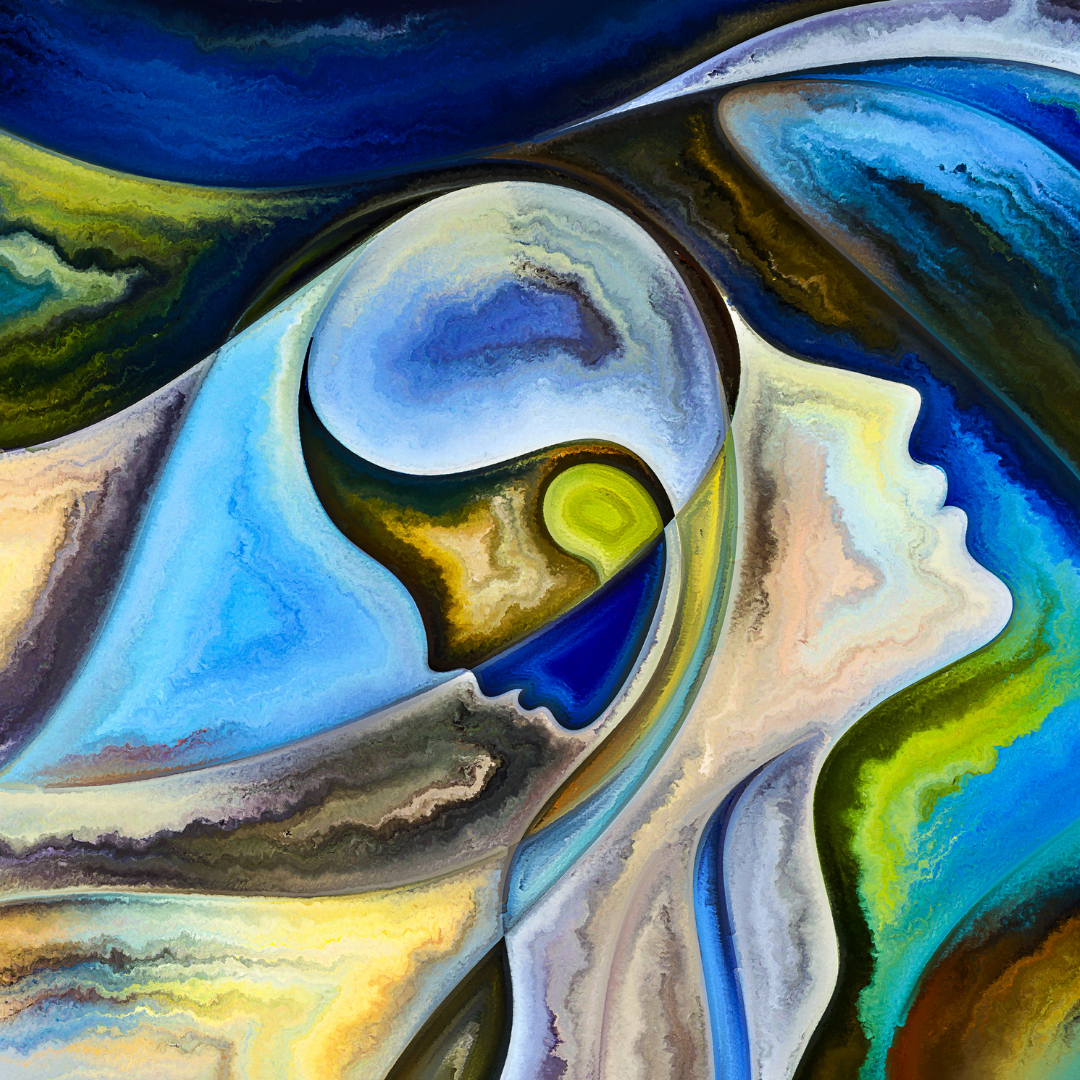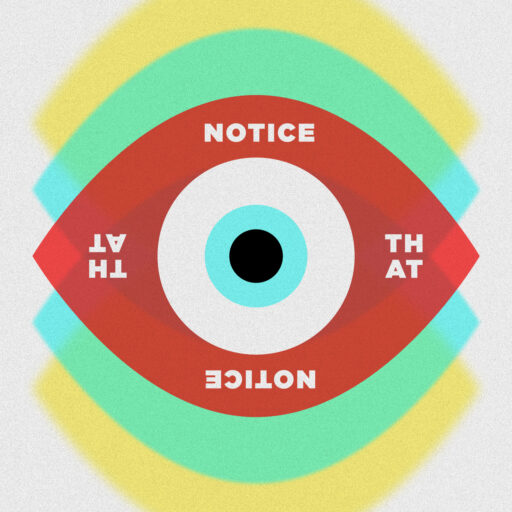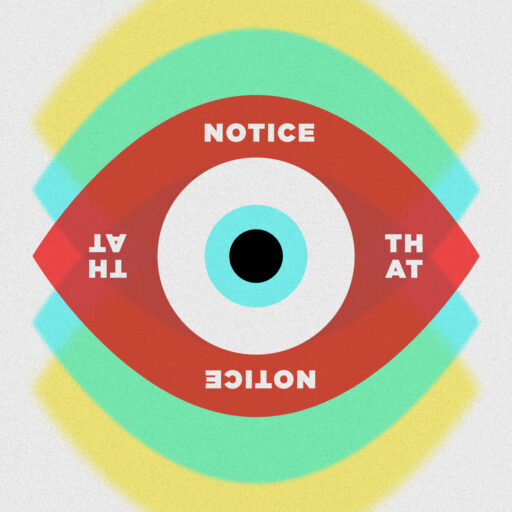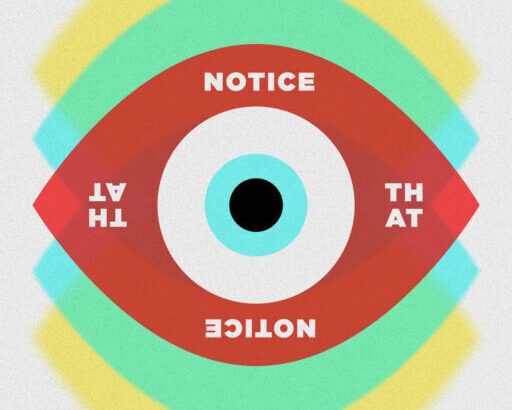Incorporating Yoga, Movement, and EMDR (72)

On this episode, Melissa interviews Mary Horne. Mary is a private practitioner in Arkansas where she utilizes yoga and EMDR with clients.
Mary Horne
- Tribe Psychotherapy, Yoga & Wellness
- Faculty at the Circle Yoga Shala
- Interested in a consult with Mary? Reach out to her at maryhorne@tribe.healthcare
Trauma-Informed Yoga
- Creates templates for relaxation and relationship with the body.
- Also, helps to discover what our nervous system is capable of doing.
- Often, traumatized individuals come in in a sympathetic state.
- With a desire to push themselves physically.
- However, their body needs rest and permission to go into a ventral state.
- We can help them achieve this by first colluding with the strategy and then encouraging slower movement.
- Learn about the doshas (17:46)
- Importantly, always do the movements with your client.
EMDR, Yoga, Movement
- Thankfully, using yoga with clients doesn’t require a large space or even a yoga mat.
- In fact, you can do this work sitting in the typical chair and couch set up.
- Evaluate the client’s presentation: are they presenting heavy or light? Slow or fast?
- Start with super simple poses, slowly moving towards more complexity.
- A primary element of trauma-informed yoga is creating rhythms
- This is because after trauma our rhythms are out of sync.
Yoga & Resourcing
“What if we just pause for a minute and bring awareness into the body? And then what would it feel like to take both arms, lifting them up over your head? Notice the feeling of the movement.”
- Introduce the ideas of yoga.
- Teach containment and provide co-regulation.
- Encourage specific movements based on their presentation.
- Envelop Breathing
- Begin your inhale, then begin lifting your arms to the ceiling.
- Complete your arm movement before the end of your exhale.
- After you begin exhaling, lower your arms back down.
“This way of moving together, and being grounded in body becomes not only a very practical anchor in terms of grounding them in awareness, but also a relational anchor because they experienced this with you, and the safety, connection, synchrony, and co-regulation of that becomes a relational resource that holds and anchors the whole reprocessing experience.”
Yoga & Reprocessing
- At this point, clients have been taught how to hold awareness in a nonjudgemental way.
- Additionally, the client and therapist are familiar with the rituals and flow of their time together.
- Through this learning, the client gains a sense of control.
- Oftentimes, in the midst of reprocessing, the client’s body is signaling an action they need to release.
- One of the ways to do this is to allow the movement.
Resources
- Banyan Botanicals (Dosha, Ayurveda)
- David Emerson (training, books)
- Meditations from the Mat: Daily Reflections on the Path of Yoga by Rolf Gates
Did you know? After full completion of Beyond Healing Institute’s Somatic Integration and Processing training, each participant can receive 21 NBCC hours.
Beyond Healing Center
- Visit our website for all things BHC
- Contact us about retreats and therapy
- Contact us about training and consultation
Beyond Healing Media
- First, listen to our past episodes of NT here
- Then, check out more Beyond Healing podcasts
- Give your support and gain access to exclusive content through Patreon
Interested in supporting a child?
- https://www.patreon.com/BurntOutEducator
- 100% of the proceeds donated to the Burntout Educator will provide therapy for a child in the public school system.
- Not therapy capped at a certain number, but an open-ended relationship with a highly qualified therapist in the BHC network.
Connect with us on social media: Facebook & Instagram
Credits
Executive Directors: Jennifer and Ryan Savage, Melissa Bentinnedi, Bridger Falkenstein
Hosts: Jennifer Savage, Melissa Benintendi, and Bridger Falkenstein
Filmographer: Tyler Wassam
Podcast Producer: Jamie Eggert
Original Music Composers: Bridger Falkenstein and Caleb Boston





